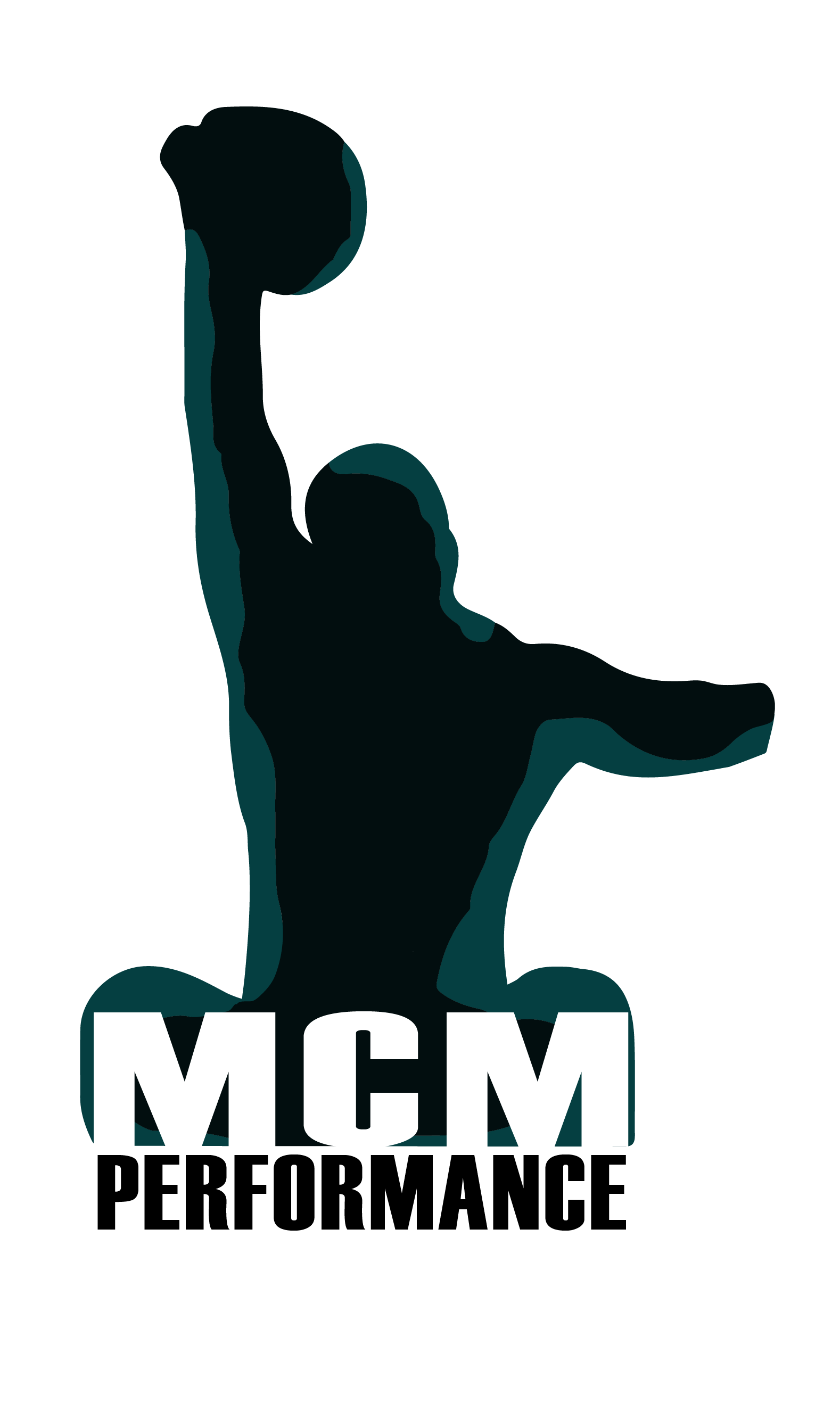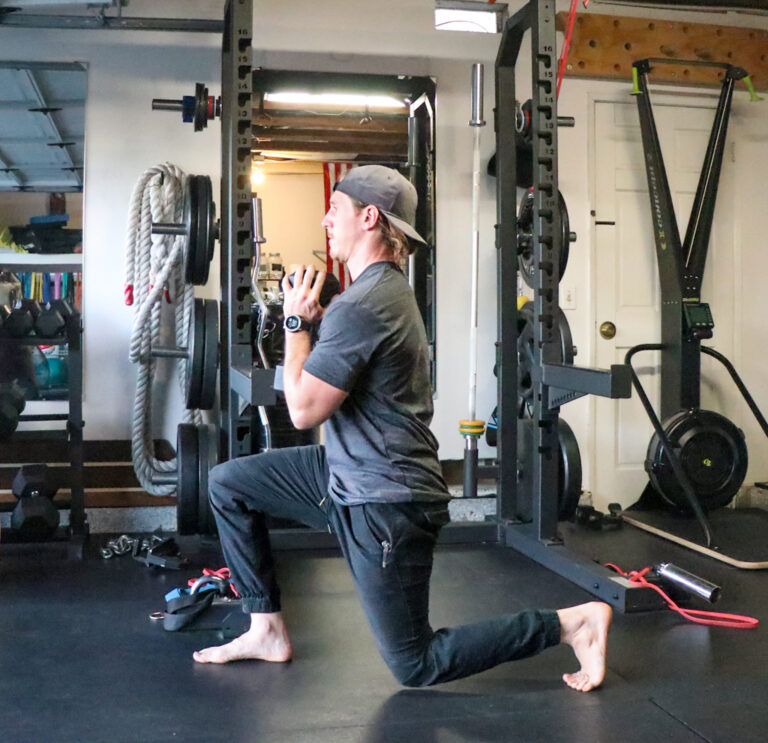Do this self-assessment. If you fail or have some difficulty with the test, try practicing the diaphragmatic breathing techniques at the end.
The Test: The Claw
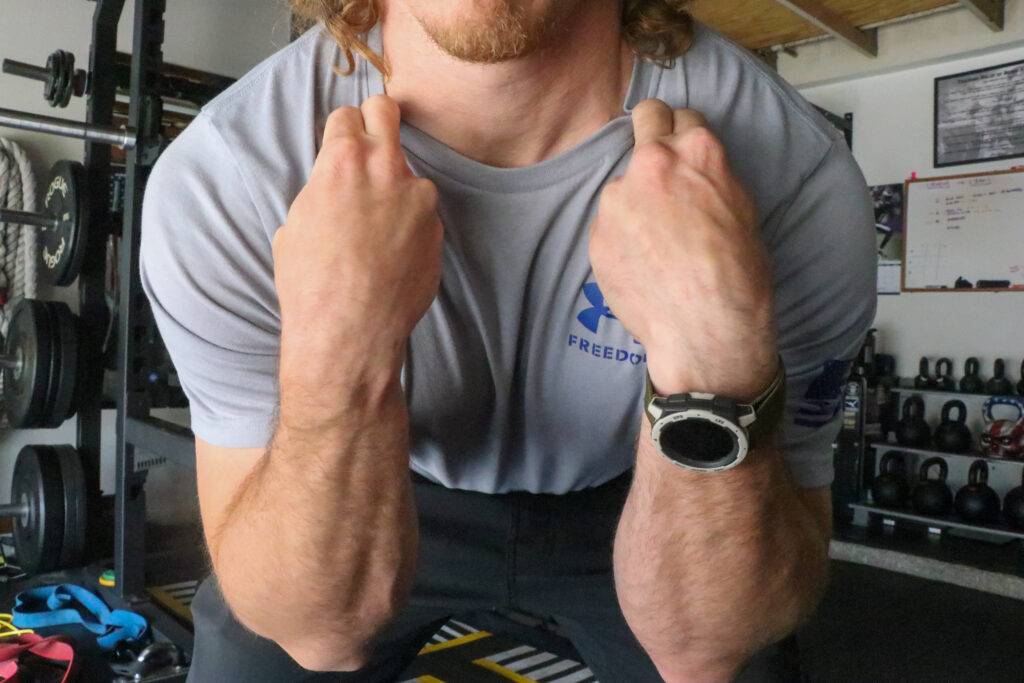
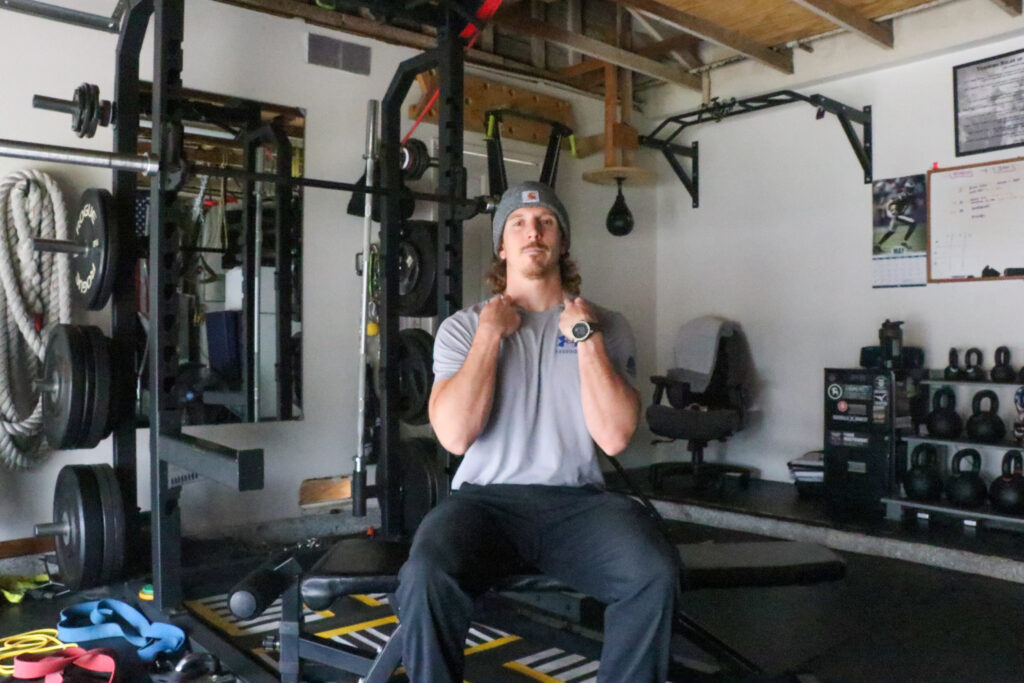
Begin by standing or sitting in front of a mirror. Place two fingers over each collar bone and dig them down into your skin like you’re trying to grab under the bone.
Take a deep breath while watching your hands.
Did your hands rise? Not sure? Do it again.
If they rose then you need to practice diaphragmatic breathing. If they didn’t rise then you passed the test.
When you inhale, your diaphragm muscle is supposed to be doing most of the work, facilitated by other core muscles including the abdomen. You should see your ribs open up and your belly expanding.
As you exhale, your ribs fall down, and your abdomen is responsible for a more active and forceful exhale.
Imagine your body like a construction crew, where you have 1 guy doing all the work and 3 guys sitting around talking trash. The workers represent your muscles. Teach them all to do their respective jobs, and you’ll have your crew running efficiently, without having to constantly manage. The initial work to teach each person is an investment of your time and energy. A wise one, mainly because once you’ve done the work, they will do their jobs all on their own, as they were before you took up the boss’s cap, only now they will do it right. You also will have freed up time and energy from dealing with constant shoulder/hip/back pain caused by overstressing certain muscles while neglecting others. This situation is easier to clean up than you may think. How would you feel if your abs were working all day instead of your traps, shoulders, or hip flexors? Make the smart energy trade.
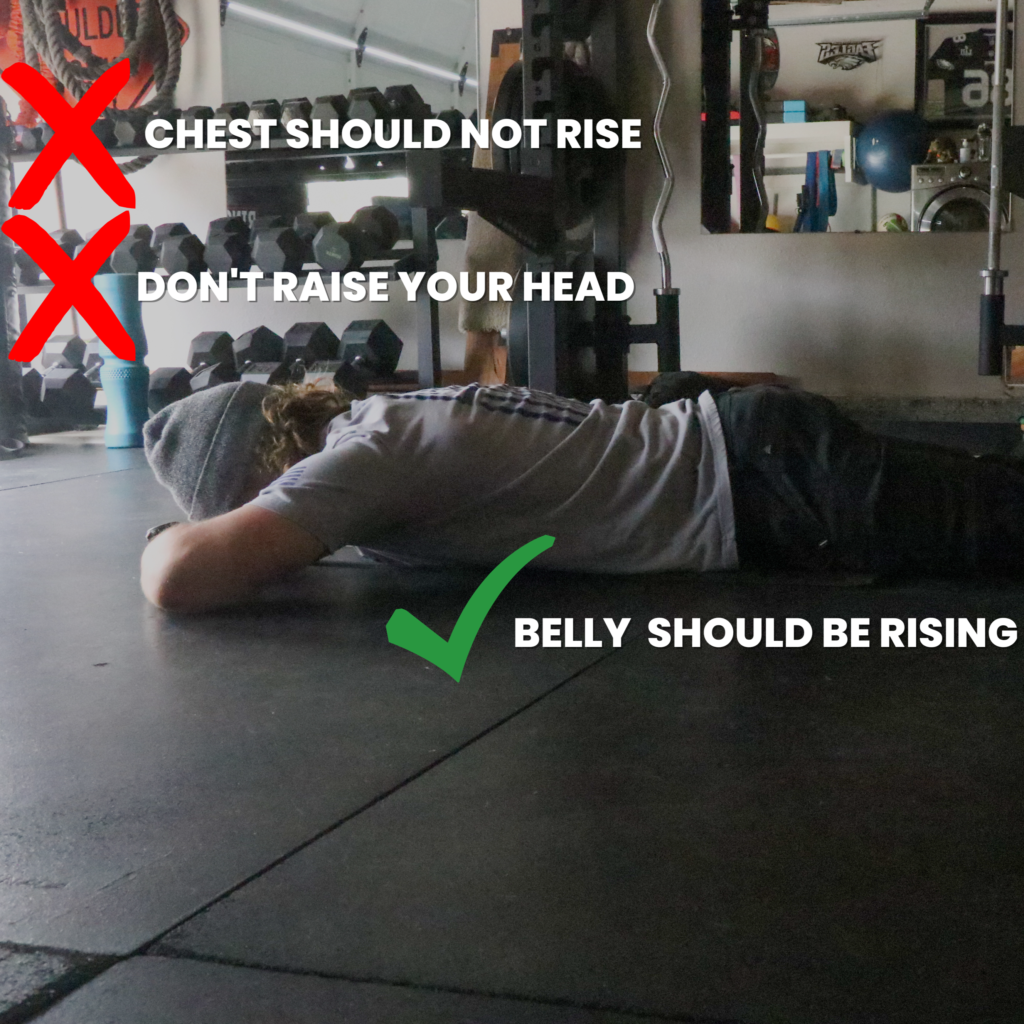
Crocodile Breathing:
Lay down on the floor face down with your head resting on your hands. As you breathe in, you want to make sure you are expanding around the waist, pushing the belly into the floor. As you breathe out, your belly should fall to the floor. Film yourself or have someone watch you. Make sure your belly is rising and not your chest and head. Stay here for 5 minutes, and do this exercise as often as you can.

Box Breathing is a relaxation technique that can be done to reduce stress, manage emotions, and improve mood. Navy Seals use box breathing to gain focus and CNS control prior to entering, or during stressful situations.
Imagine a box, with each side representing 4 seconds. Follow along the box with your breathing. Inhale 4 seconds, hold 4 seconds, exhale 4 seconds, wait 4 seconds. Repeat. This will take some time and repetition to get good at.
If Box breathing isn’t working well for you, try the following method.

4-2-6-2 Technique is the method I used during difficult traction sessions. When I first tried box breathing it was too uncomfortable, but this method was the right sequence to get me started. Begin with a 4 second inhale, hold for 2 seconds, exhale slow and long for 6 seconds, hold for 2 seconds, repeat as many times as you’re comfortable with.
Consider these techniques and think about how you breathe, and how it changes throughout each day. Exercise changes the breath.. Chew that around for a bit, but not too long. Then start by practicing at least 15 intentional breaths per day, and slowly build up to a 15-minute practice. You want muscles in your core doing the work all day, while your upper traps take a load off. Your body will thank you.

